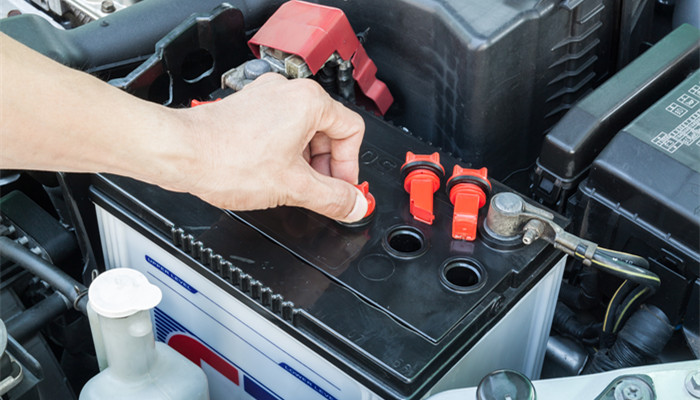
There is huge market space for graphene-based electrode materials. Lithium-ion batteries and supercapacitors are important downstream products.
Products such as batteries and capacitors contain positive and negative electrodes. For example, in a battery, a reduction reaction occurs at the positive electrode and an oxidation reaction occurs at the negative electrode. It is an important device for realizing charging and discharging. In recent years, with the rapid development of the new energy industry, the market demand for electrochemical energy storage equipment has been rising. The quality of positive and negative electrode materials directly affects the charge and discharge performance of the battery. Therefore, the research and development of electrode materials continues to be in-depth. Among them, Graphene-based electrode materials are one of the most popular products.
Graphene is a single-layer two-dimensional honeycomb lattice structure composed of carbon atoms. It has excellent mechanical, electrical, and optical properties and has important application significance in many fields such as electronics, display, energy, bioengineering, aerospace, etc. Considered a revolutionary new material. The unique structure and properties of graphene make it very suitable for the preparation of electrochemically active composite materials for use in lithium-ion batteries, supercapacitors and other manufacturing fields. Therefore, research on graphene-based electrode materials continues to be in-depth.
Judging from the supply of graphene materials, graphene preparation and application have attracted attention from many countries around the world. The Chinese government has successively issued a number of encouraging and supporting policies related to the graphene industry. The number of companies entering the graphene industry continues to increase, and the number of related patent applications A global leader. my country’s graphene-related companies are mainly in the field of graphene preparation and graphene powder, film and other product manufacturing fields, and there are relatively few downstream application companies. From this point of view, my country’s current supply of graphene is sufficient, which is good for the development of the graphene-based electrode material industry.
According to the “In-depth Market Research and Development Prospects Forecast Report on China’s Graphene-Based Electrode Materials Industry from 2022 to 2027” released by the Industrial Research Center It shows that when graphene is used alone as an electrode material, its performance cannot meet expectations, and composite materials have become an important solution. From the perspective of the field of lithium-ion batteries, commonly used positive electrode materials include lithium cobalt oxide, lithium manganate, lithium iron phosphate, ternary materials, etc. Commonly used negative electrode materials include graphite, activated carbon, composite carbon materials, transition metal oxides, etc. The rate performance of the lithium iron phosphate/graphene composite cathode material made of lithium iron phosphate and graphene has been significantly improved; the reversible capacity of the iron oxide/graphene composite anode material made of iron oxide and graphene , the rate performance is significantly improved.
From the perspective of the field of supercapacitors, supercapacitors have both the fast charge and discharge performance of capacitors and the energy storage performance of batteries. They are a new type of energy storage device and have a longer cycle life than lithium-ion batteries. With its large specific surface area, high conductivity, and good chemical stability, graphene can be combined with conductive polymers, metal oxides, sulfides and other materials to make graphene-based electrode materials for supercapacitors. These graphene-based electrode materials have the advantages of high specific capacitance, excellent rate performance, and good conductivity, and have great application prospects in the field of supercapacitors.
Industry analysts said that lithium-ion batteries and supercapacitors are widely used in consumer electronics, electric vehicles, rail transit, new energy power generation, and industrial control. , instrumentation, military industry and national defense and other fields are in demand, and the market development space is large. In order to improve performance such as capacity, battery life, and charging speed, the requirements for key components of lithium-ion batteries and supercapacitors are constantly increasing. As one of the core components, the material requirements for electrodes are also constantly increasing. In this context, the market space of graphene-based electrode materials is rapidly expanding due to its excellent performance, and its future development prospects are broad.

 微信扫一扫打赏
微信扫一扫打赏

